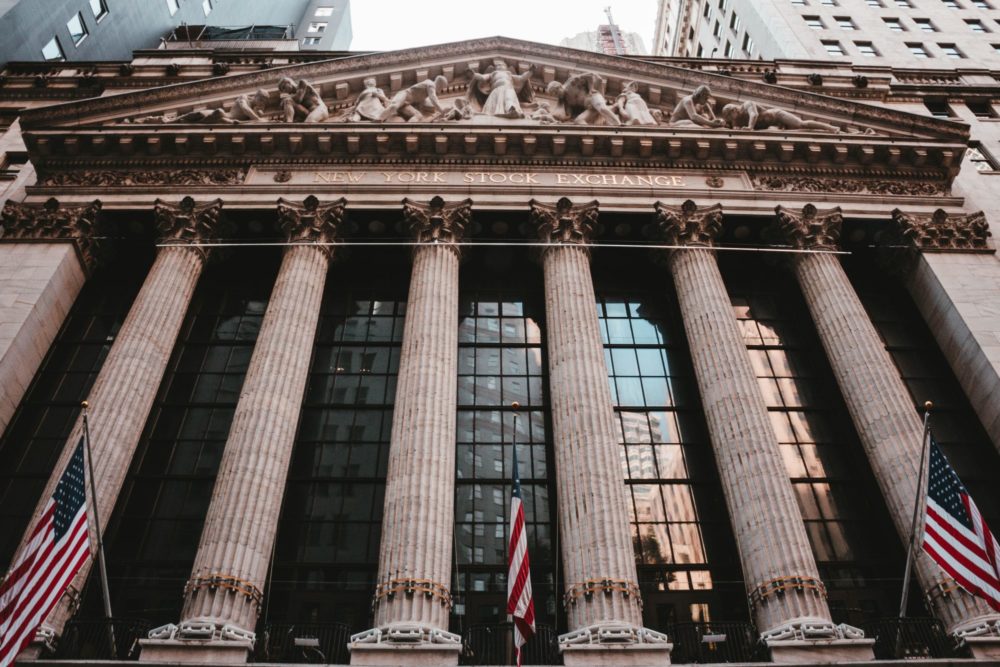The New York Stock Exchange (NYSE) is planning to review its circuit breaker system following the extremely volatile period seen in recent weeks which triggered the system numerous times.
Speaking to the Financial Times, Stacey Cunningham, President of the NYSE, said an area that requires attention is the current feature which allows futures to move by a maximum of 5% in either direction.
This feature has meant there has been significant pressure on stocks in the opening moments of trading when the 5% threshold is met in the futures market.
The circuit breakers were triggered several times in the early stages of trading when the S&P 500 index fell more than 7% in a day, resulting in trading being temporarily suspended for 15 minutes.
However, there was negligible news that would impact the market from the market opening to the circuit breakers being triggered, forcing the NYSE to reconsider the thresholds that need to be breached for the circuit breakers to be activated.
How coronavirus impacted markets in Q1
Cunningham said the SPDR S&P 500 ETF Trust (SPY), the most traded security in the US market, continued to trade even after the futures markets reached its 5% performance capacity. Therefore, SPY was providing a more accurate value of the index than the futures market.
Douglas Yones, head of exchange-traded products at the NYSE, said: “Increasingly, investors are relying on ETFs for real-time price discovery across asset classes.
"One example we have seen recently is investors looking at the price of the SPY ETF, which tracks the S&P 500 index, on days when the index’s futures are halted for trading above or below 5%.
The price transparency has assisted in keeping the market liquid and has supported investor confidence in volatile conditions, according to Yones.
Before any changes can be made to the circuit breaker system, other exchanges in the US, including Nasdaq and CBOE Global markets, must agree on the new terms.
Sign up to ETF Stream’s weekly email here



